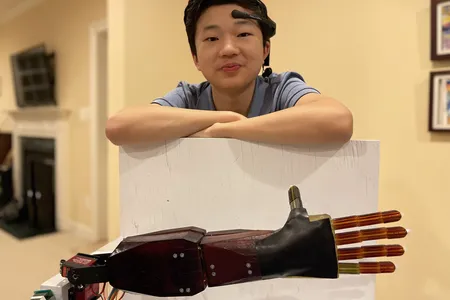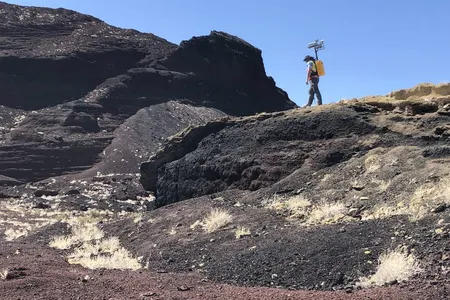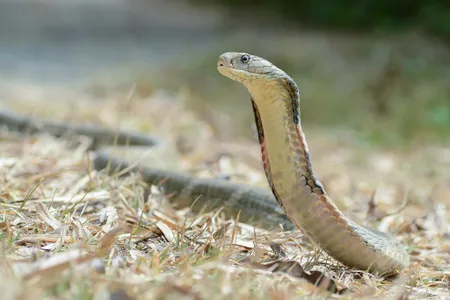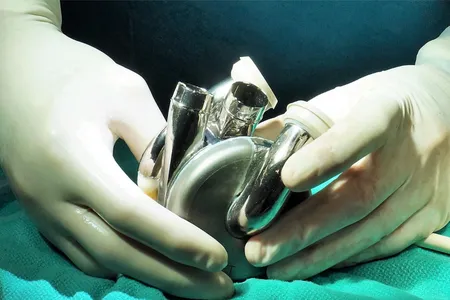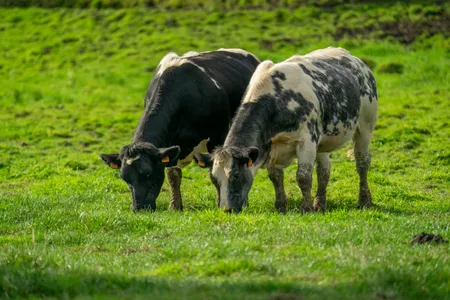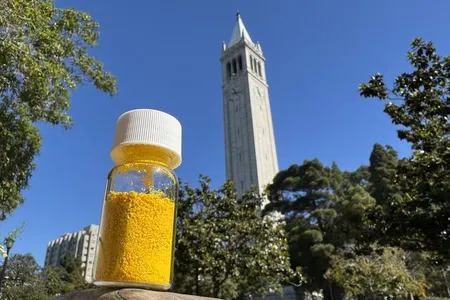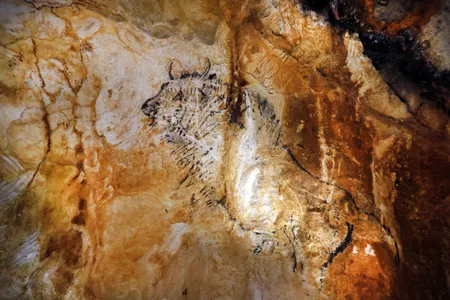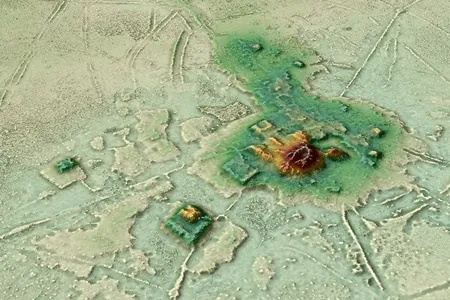
Special Report
Innovation for Good
A look at the researchers, inventors and community leaders who are bringing creativity and ingenuity to today's biggest challenges
Health
200 Snakebites Later, One Man’s Blood May Hold the Key to a Universal Antivenom
Over two decades, Tim Friede has injected himself with snake venom hundreds of times, and subjected himself to more than 200 bites. Now, scientists are working on an antivenom derived from his antibodies
Stem Cell Therapies Could Treat Parkinson’s Disease by Rebuilding Lost Circuitry in the Brain, Studies Suggest
Two small clinical trials tested the safety of injecting stem cells into the brains of Parkinson’s patients and found no adverse effects
Australian Man Makes History by Living With a Titanium Heart for More Than 100 Days Before Receiving a Transplant
The man, who was in his 40s and suffering from severe heart failure, was also the first person to leave the hospital with a titanium heart. He is recovering well after getting a new, donor heart
Environment
Eating Seaweed Could Make Cows Less Gassy, Slashing Methane Emissions From Grazing by Nearly 40 Percent
A new study finds that feeding seaweed pellets to grazing beef cattle dramatically reduces their greenhouse gas emissions
This New, Yellow Powder Quickly Pulls Carbon Dioxide From the Air, and Researchers Say ‘There’s Nothing Like It’
Scientists say just 200 grams of the material could capture 44 pounds of the greenhouse gas per year—the same as a large tree
USDA Approves First Lab-Grown Chicken in the United States
Two companies have received the green light to produce and sell chicken they have cultivated from cells
Education
Tour a Submerged Cave Packed With Paleolithic Art—Without Ever Venturing Underwater
As sea levels rise, an immersive new exhibition in Marseille lets visitors explore an inaccessible cavern’s archaeological treasures
NASA’s New Solar Sail Could Soon Navigate in Space
Scientists say the flashy tech could help them study the sun’s polar regions
Lost Cities of the Amazon Discovered From the Air
Mapping technology cut through the canopy to detect sprawling urban structures in Bolivia that suggest sophisticated cultures once existed
